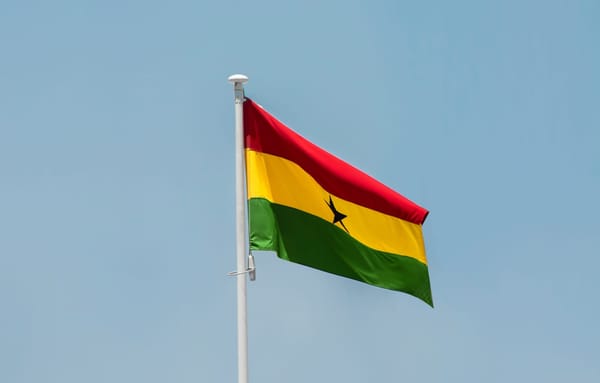Pumpkin Spice and Everything Nice: The Latte That Defined Fall

Before the invention of the Pumpkin Spice Latte, “pumpkin spice” was referred to as a blend of aromatic spices reserved for enhancing the flavors of pumpkin pies. This spice mix would consist of cinnamon, nutmeg, ginger, allspice, and cloves, flavors that have long been a part of the American palette. This combination of spices did not appear coincidentally or merely because they complement the flavor of pumpkin. In fact, the origins of this revolutionary spice mix date back to antiquity, in a tiny cluster of islands in the Indonesian archipelago called the Moluccas, and were known as the Spice Islands. As the spice trade market continued to expand in the 15th century, as did the commerce of coffee, it was regularly sourced from places like Yemen and the Port of Mokha and traded alongside the spices from the Moluccas. Remarkably, early coffee aficionados were already infusing their cups with the magic of “pumpkin spice,” long before the pumpkin itself became part of the equation.
Fast forward to the 1930s, spice manufacturing companies like Thompson & Taylor Spice Co and McCormick & Company revolutionized baking with a groundbreaking product: Pumpkin Pie Spice. This pre-blended spice mix simplified the lives of bakers, allowing them to purchase a single spice blend instead of multiple individual spices. Not only has the pumpkin pie spice mix been utilized in pie recipes, but the flavor has also been incorporated into spam, jello, hot chocolate, and yes, eventually lattes.

While it is unclear who came up with the combination of pumpkin pie spice and lattes, the Starbucks employee responsible for bringing up the idea to the company was Peter Dukes, whose team created other seasonal drinks such as the eggnog latte and peppermint mocha. After weeks of brainstorming ideas, sampling flavor combinations, and perfecting the recipe: The Pumpkin Spice Latte had finally come to fruition. Although the initial name for it was “The Fall Harvest Latte”, the team had eventually settled on the name “Pumpkin Spice Latte,” recognizing the integral role of the spice blend in defining the drink’s unique charm. Since its 2003 debut, Starbucks has sold over 424 million PSLs in the United States alone.
This embracement of culinary creativity in drink design began to flourish in the 80s and 90s, when Torani, a syrup company founded in 1925 by two Italian immigrants living in San Francisco, claimed to have introduced the first flavored syrup used for a latte in 1982. This pioneering spirit in flavor combinations paved the way for the creation of the now-iconic pumpkin spice latte, popularized by Starbucks and mainstream media.
A Whole “Latte” History
But when did “lattes” enter the picture in the first place? Well, the term “café è latte” was coined by William Dean Howells in his 1867 essay, “Italian Journeys”. It was at this point in history that coffee had become a worldwide sensation, despite primitive brewing methods due to the absence of espresso machines. The first patented espresso machine did not emerge until 1884.
Espresso machines operate by using steam, pistons, or pumps to force hot water through a compact puck of coffee beans. The high pressure inside an espresso machine and the low water-to-coffee ratio give espresso its distinctive thick consistency and potent flavor.

A “latte”, on the other hand, refers to the steamed milk used in café latte. Lattes are steamed and then frothed which helps to mellow the strong flavor of the espresso. The latte’s foamy froth is achieved using a steam wand to force hot air into the milk while keeping the milk’s creamy consistency.
Caffè latte, also recognized as café au lait or café crème, has been cherished in European countries since the 17th century. This domestic beverage harmoniously blends coffee and milk, reminiscent of the traditions surrounding cappuccinos and espressos in Italy. The term “caffè latte” gained widespread appeal during the 1980s in northern Europe and Scandinavia, eventually transitioning to the more commercialized term “latte” in the late 1990s. Today, lattes come in a diverse array of flavors and cater to lactose-intolerant preferences, offering alternatives such as soy milk, almond milk, and rice milk, among others.

The final cherry on top was introduced in the form of “latte art” initiated by skilled baristas. Using milk foam, these artists craft unique designs, from hearts to flowers, or employ stencils to sprinkle cinnamon or cocoa powder, adding an extra layer of visual delight to this beloved beverage.
So the next time you order a Pumpkin Spice Latte, or any coffee-based drink for that matter, thank the centuries of dedication and thoughtful consideration that have gone into each sip.



